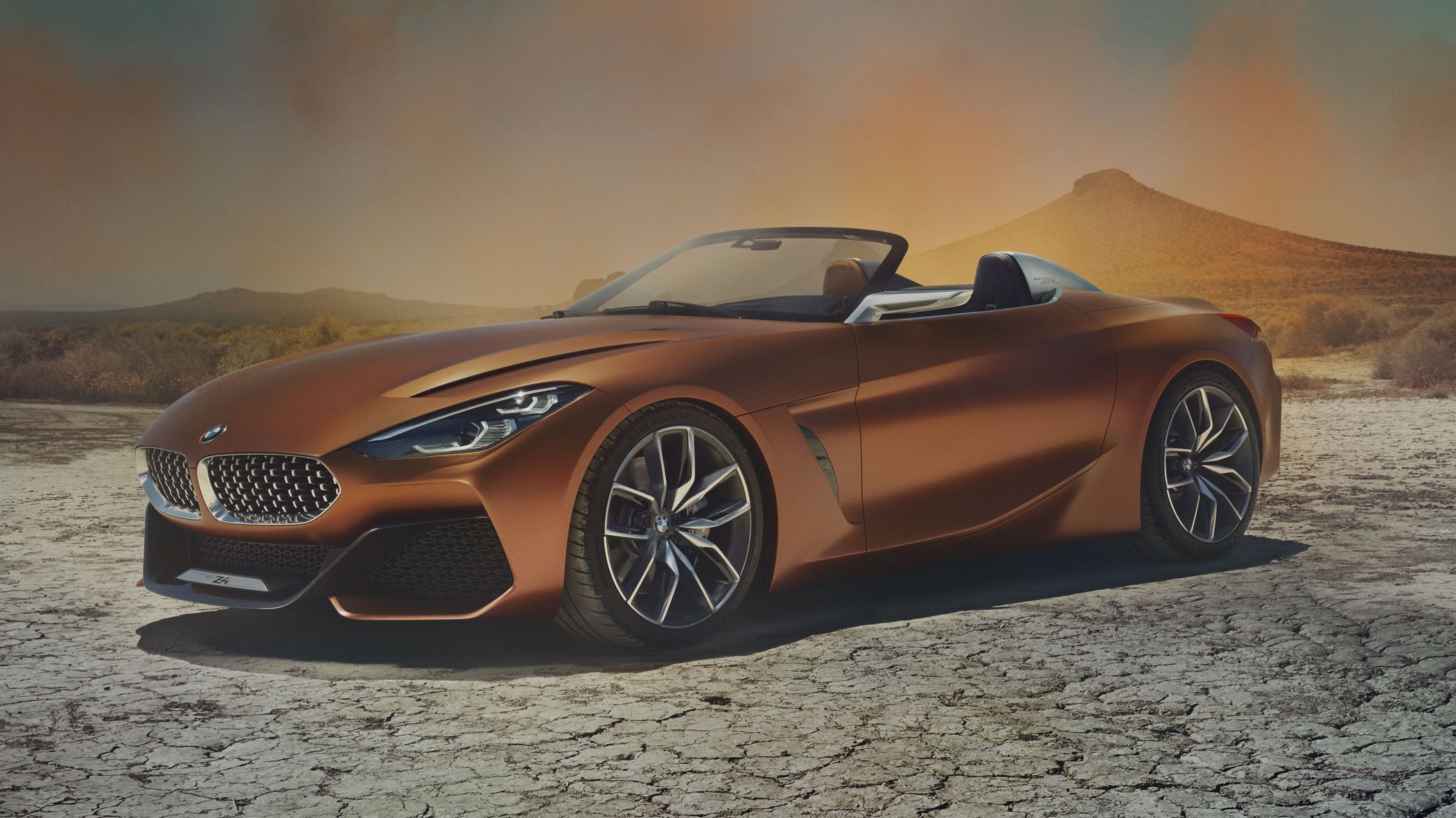Just because Toyota and BMW jointly developed the Supra and Z4 sports cars, that doesn’t mean that both cars will be mirror images of one another. On the contrary, BMW Group Australia CEO Marc Werner told Car Advice that both the design and driving characteristics of the Z4 will be completely different from the Supra.
Werner’s comments shouldn’t come as a surprise because the Z4 and the Supra theoretically don’t belong in the same segment, despite sharing a platform. The BMW sports car is expected to cater to customers who prefer premium sports cars whereas the Supra will be catered more to the masses. That’s not to say that one is going to be inferior to the other because, despite the prestige of carrying a Bimmer badge, the Z4 will actually feature less power than the Supra, at least if rumors of the Toyota’s output are proven true. It’s been reported that the Z4 will feature a choice of either four-cylinder or six-cylinder engines with power outputs ranging from 194 horsepower to all the way to north of 300 horsepower for the range-topping Z4 M40i. ON the other hand, rumors have swirled that the Supra will have in excess of 400 horsepower at its disposal so evidently, BMW and Toyota are going vastly different paths on how it’s preparing their respective sports cars. The designs and power levels of both cars will be different, so it follows that the resulting driving experience will be different too. Either way, it’s inevitable that we’ll see both the Z4 and Supra get compared to each other on account of their shared history. Not that it’s going to make a difference because, in the end, both cars should have no issues inspiring loyalty from their fans, independent on how the other one is received.
Continue after the jump to read the full story.
Different driving experiences is what it should be for the Z4 and the Supra
None of this is ground-breaking news though it must still be said considering that there might be wrong perceptions surrounding the abilities of both the BMW Z4 and the Toyota Supra. It’s hard to get rid of that thought considering the backgrounds of both cars. Ultimately though, Marc Werner said it best when asked to describe the nature of the relationship between BMW and Toyota.
It’s definitely economies of scale,” he said, when describing the core reason of the BMW-Toyota collaboration. “Product development of each and every car costs you a couple of billion dollars, and the roadster segment is, unfortunately, declining over the last couple of years — not only for us (BMW) but each and every manufacturer. So we decided to join forces with Toyota, as far as the development process is concerned. As far as the design is concerned, it will be absolutely unique. Not only in terms of design, but how they drive and how they handle.”
Werner couldn’t have put it in easier terms for everybody to understand. The collaboration between BMW and Toyota was meant to help shave off costs that both automakers would’ve incurred if each of them decided to go at developing their sports cars on their own. There’s no doubt that BMW and Toyota would be capable of doing that, but not at the cost of development becoming too expensive for their own liking. So they decided to join forces in the development process to help cut costs in the development of the Z4 and the Supra.
It’s a smart move on both their parts but again, just because they’re going separate ways in terms of their respective products, it doesn’t mean that one car is going to be better than the other. Consider it as two different sports cars with two different driving experiences to offer. At the end of the day, that’s actually better than both cars offering the same sheep wrapped in different wolves clothing.
References
Toyota Supra
Read our full speculative review on the 2019 Toyota Supra.
BMW Z4
Read our full speculative review on the 2018 BMW Z4.
Read our full review on the 2017 BMW Z4 Concept.

